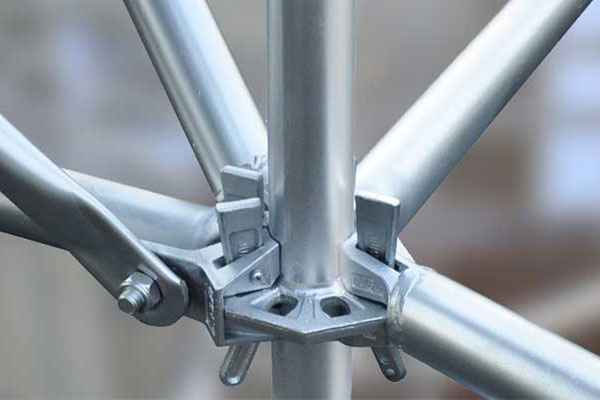What Are the Characteristics of System Scaffolding?
System scaffolding plays a crucial role in construction and maintenance projects, providing the necessary support and safety for workers. Understanding its characteristics can help ensure proper use and effective project outcomes. In this article, we will explore the defining features of system scaffolding, its benefits, and why it’s essential in various applications.

1. Modular Design
One of the key characteristics of system scaffolding is its modular design. This means that the scaffolding consists of standardized components that can be easily assembled and disassembled. The modular nature allows for flexibility in configuration, making it suitable for various structures and environments. Workers can quickly adapt the scaffolding to meet specific project needs, enhancing efficiency and safety.
2. High Load-Bearing Capacity
System scaffolding is engineered to support substantial weight loads, making it ideal for heavy construction projects. Its design typically incorporates robust materials like steel or aluminum, which provide strength and stability. The high load-bearing capacity ensures that scaffolding can safely accommodate workers, tools, and materials, reducing the risk of accidents and structural failures.
3. Enhanced Safety Features
Safety is a paramount concern in any construction environment, and system scaffolding is designed with multiple safety features. These include:
- Guardrails: Installed at various heights to prevent falls.
- Toe Boards: Prevent tools and materials from falling off the scaffolding.
- Non-Slip Platforms: Provide a secure footing for workers, even in wet or slippery conditions.
These features contribute to creating a safer work environment, minimizing the risk of injuries.

4. Adaptability to Various Environments
System scaffolding is versatile and can be used in a variety of applications beyond traditional construction sites. Some common uses include:
- Maintenance Work: Ideal for reaching high places in industrial settings.
- Event Setup: Used for stages and viewing platforms in concerts and festivals.
- Residential Renovations: Provides access for home improvement projects, such as painting or roofing.
5. Compliance with Standards
System scaffolding is designed to comply with industry safety standards and regulations. This compliance ensures that the scaffolding meets necessary safety requirements, providing peace of mind for both workers and project managers. When selecting scaffolding, it’s essential to choose systems that adhere to local and international safety guidelines.
6. Cost-Effectiveness
Investing in system scaffolding can lead to long-term cost savings. While the initial purchase or rental may seem high, the efficiency, safety, and durability of these systems often result in reduced labor costs and fewer accidents. Additionally, their reusability across multiple projects further enhances their cost-effectiveness.
Conclusion
Understanding the characteristics of system scaffolding is vital for anyone involved in construction or maintenance projects. By investing in system scaffolding, construction professionals can enhance safety, efficiency, and overall project success.
Shelter is a professional scaffolding supplier with many product types to meet the different needs of customers. If you are looking for scaffolding for your project, you can contact us for more information.
